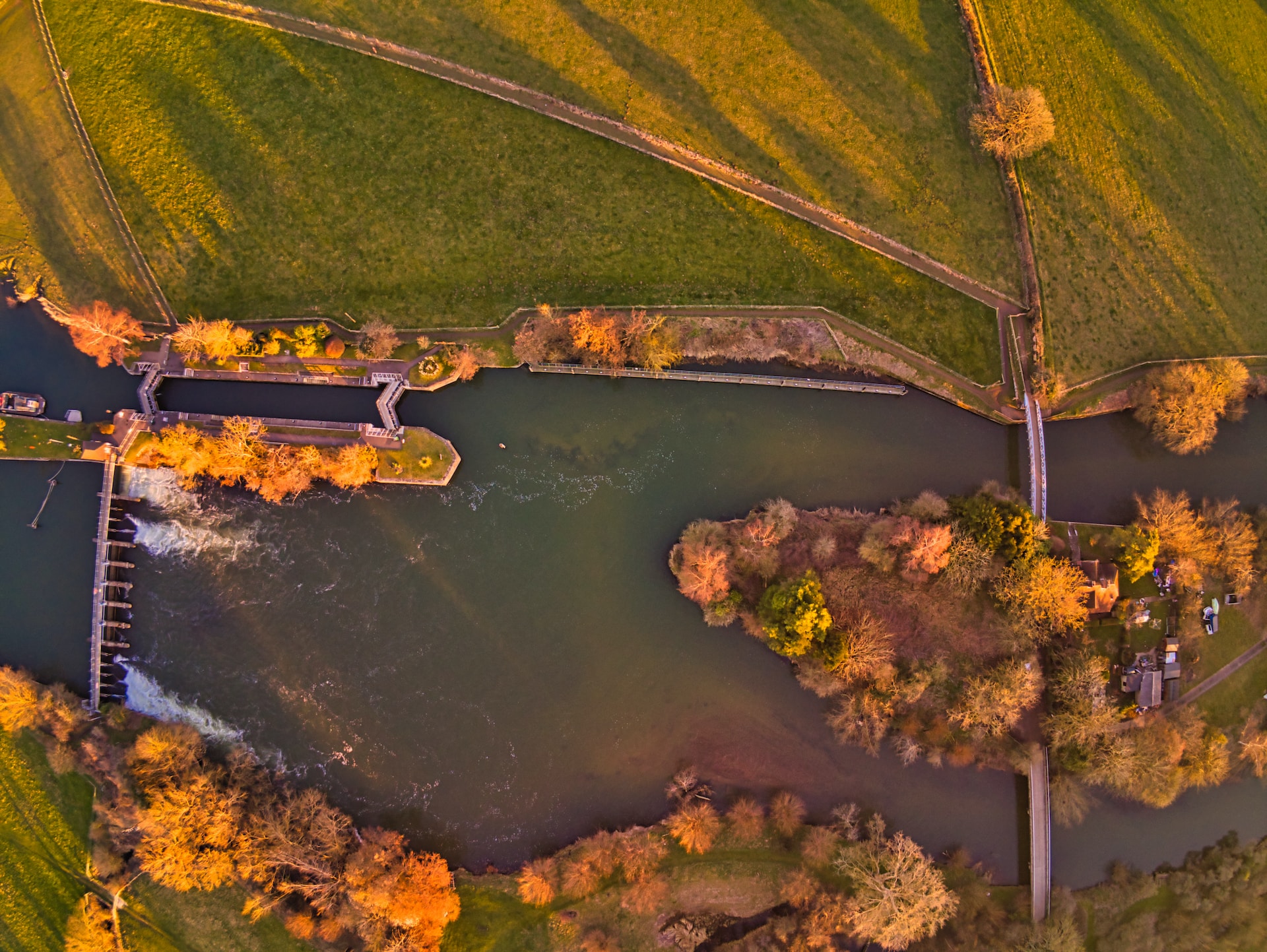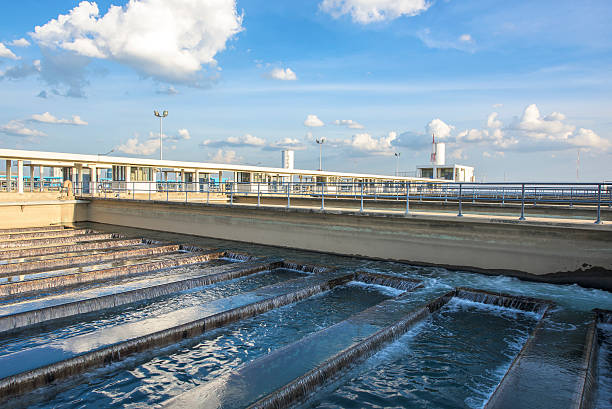There are several reasons why companies become unhappy and want to switch business water suppliers, including rate increases, quality concerns, technical issues and environmental factors.
The latter concern has been a major factor in switches in recent months, leading to collective legal proceedings against six companies who have been alleged to have overcharged consumers by underreporting how often raw sewage has been discharged, leading to misleading bills.
A common argument made in the wave of considerable criticism against the companies responsible for the sewage leaks was that it was a consequence of the continued use of infrastructure initially constructed in the 19th century.
Therese Coffey claimed the “principally Victorian infrastructure” was the cause for overflows, a statement a representative for Water UK noted his agreement to.
However, a report published by the pressure group Windrush Against Sewage Pollution argues that this is not the case at all.
Victorians And The Water Supply
The first part of what would become the UK’s water infrastructure would be constructed starting in 1859 with Joseph Bazalgette’s London sewer system, commissioned in response to The Great Stink of London the year previously.
It is presumably this part of the system and the use of combined sewer overflows that is referred to in these instances, but Peter Hammond, former professor of computational biology at University College London and writer of the WASP report, argues that this is unlikely to be the case.
According to a report by Arup cited in the report, the total proportion of the sewer network constructed during the reign of Queen Victoria (1837 – 1901) is just 12 per cent of the total network, concentrated primarily around Central London.
As well as this, much of this historic infrastructure is likely to be replaced by replacements, repairs and renovation, so the total amount is likely to be less than 12 per cent, debunking the claim that the UK’s water infrastructure is as Ms Coffey claims.
As well as this, a study of the spill rate of different water suppliers and their proportion of sewers that date back to the 19th century suggests that there is no clear correlation, at least with data that is available to the public, between Victorian infrastructure and overspills.
Instead, the argument is made that the issue is a matter of investment, with the proportion of the sewage infrastructure constructed in the 21st century being 6.5 per cent of the overall network, with approximately 8 per cent Victorian and the rest being constructed in the middle of the 20th century.
This has led to allegations of “sweating the assets“, where old, reliable infrastructure is tested to its limits as a cost-saving mechanism.
In a comment to City AM, Water UK responded that the report is incorrect, and the legal cases against six water companies are likely to explore these accusations and several others to determine whether customers were overcharged given the under-reporting of overspills.
The industry group also noted that the water industry intended to spend £10bn on upgrades to the infrastructure to tackle sewage spills across the country.



